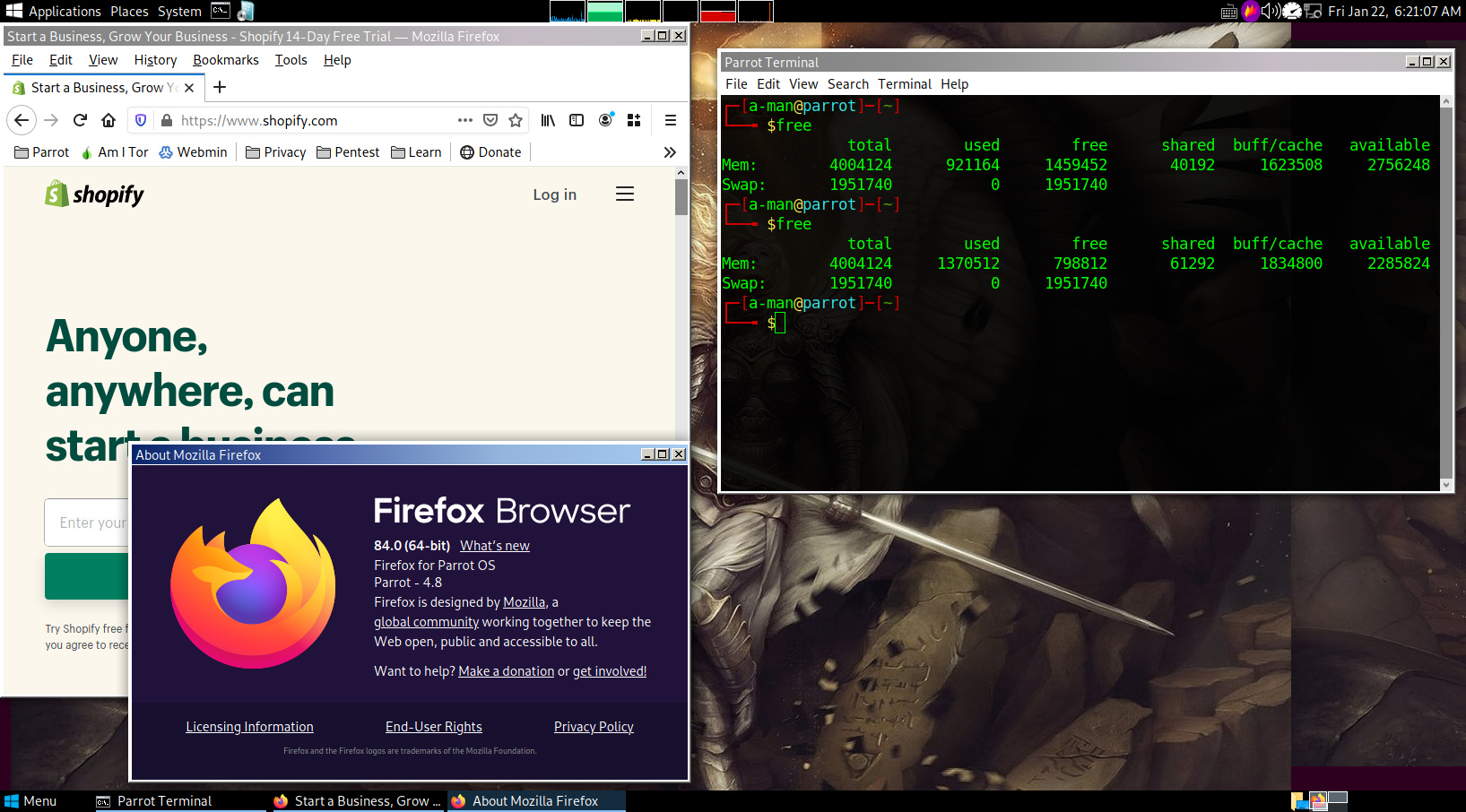

- Kali virtualbox recommended specs how to#
- Kali virtualbox recommended specs driver#
- Kali virtualbox recommended specs full#
More resources will allow Kali to complete more tasks at a faster rate. Depending on your system requirements, you may want to use more or less of it. When we select two processors and two cores per processor, there are four cores per processor. When there are more resources allocated to Kali, it can perform more tasks at the same time and at a faster rate.
Kali virtualbox recommended specs full#
Kali Vmware required more hardware resources to run than Kali Linux’s full ISO image.Īs a starting point, we can now determine how many resources we need to run our virtual machine. One or two cores in a dual core processor, for example, outperform those with more than one. You can access the host through the hardware panel in Vmware. There is less disruption with a single vCPU hypervisor because it does not require as much memory and can schedule multiple workloads. The 7900X Core i9 can support up to six virtual machines at once. A dual-core host enables virtualization services to run more quickly because its CPU power is higher. If your system requires a certain amount of memory, it may make sense to set it to a certain amount. Because we have two cores available, we divide our four processors into two or two cores. If you only intend to use Kali Linux, it is a good choice. Of course, this is just a general rule of thumb and the actual number of processors that should be allocated depends on the specific situation. So, if the host machine has four processors, then two processors should be allocated for Kali Linux. In general, a good rule of thumb is to allocate one processor for Kali Linux for every two processors on the host machine. On the other hand, if the purpose of the Kali Linux virtual machine is to simply run a few tools for light penetration testing, then allocating a large number of processors would be unnecessary and would just be a waste of resources. This would allow the virtual machine to have more resources available for running multiple tools and tasks simultaneously. If the purpose of the Kali Linux virtual machine is to do heavy penetration testing, then it would make sense to allocate more processors. The answer to this question depends on a few factors, such as the purpose of the virtual machine, the hardware specs of the host machine, and the number of other virtual machines running on the host machine. The question then becomes, how many processors should be allocated? When running Kali Linux on VMware, the user has the ability to allocate a certain number of processors to the virtual machine. One of those purposes is penetration testing, which is the act of testing a computer system, network, or application to find vulnerabilities that could be exploited by attackers. Kali Linux is a powerful tool that can be used for a variety of purposes.

In this article we will discuss how many processors should be allocated for Kali Linux when running it on VMware. It is maintained and funded by Offensive Security Ltd.
Kali virtualbox recommended specs how to#
Please refer to How to force Genymotion Desktop use the high performance discrete GPU on laptops? for detailed instructions.Kali Linux is a Debian-derived Linux distribution designed for digital forensics and penetration testing. If you have a laptop or Notebook with dual GPU, you need to force Genymotion to use the high profile NVIDIA/AMD GPU.
Kali virtualbox recommended specs driver#
Genymotion Desktop has been tested on the following Windows versions:įor some reasons, the Intel display driver for Windows do not work well with Genymotion Desktop on Windows.įor this reason, we recommend using an NVIDIA or AMD GPU with Genymotion on Windows (See The virtual device crashes, freezes or fails to boot on Windows).




 0 kommentar(er)
0 kommentar(er)
